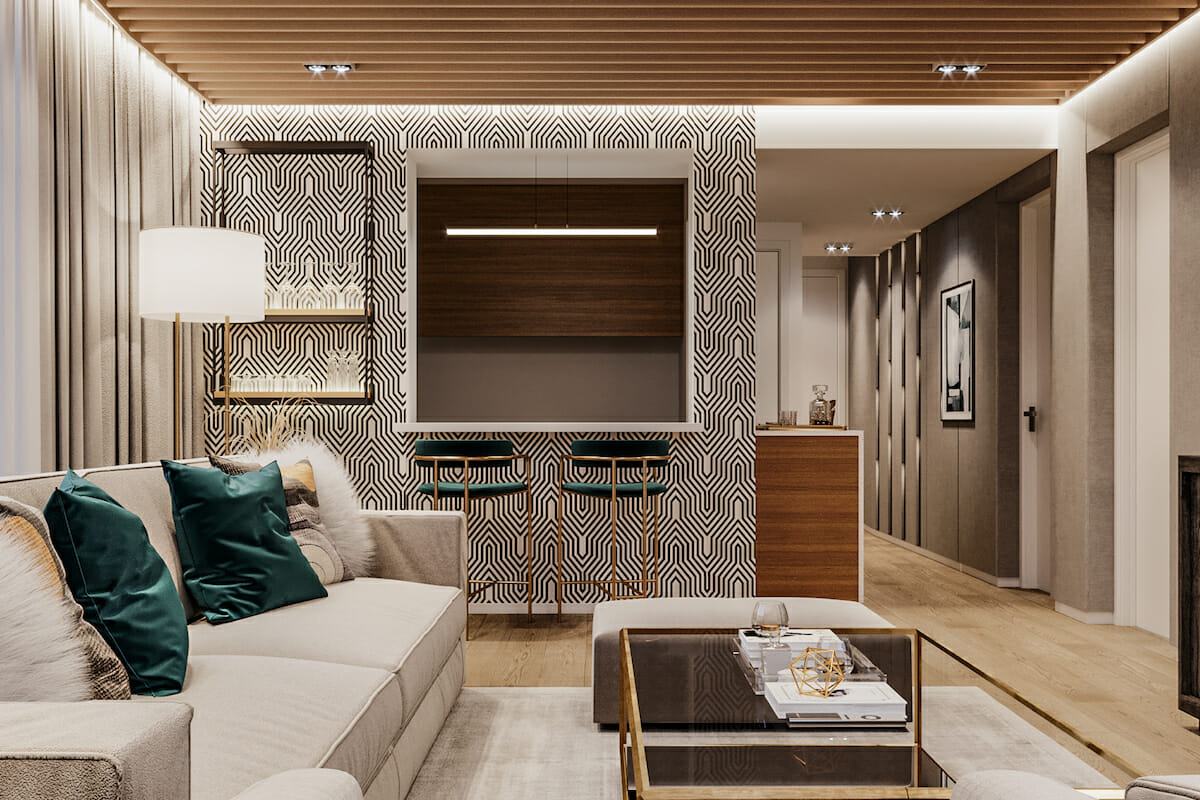Electrical Zones for Kitchen Sinks
When it comes to kitchen design, the placement of electrical outlets and appliances is crucial for both functionality and safety. This is especially true for kitchen sinks, which are one of the most frequently used areas in the kitchen. To ensure the safety of your family and comply with electrical codes, it's important to understand the different electrical zones for kitchen sinks.
In general, there are three main zones in a kitchen sink area that are designated by electrical codes: the splash zone, the sink zone, and the counter zone.
The splash zone is the area directly above and around the sink, where water is likely to splash. This zone extends horizontally 1.2 meters from the edge of the sink and vertically up to 600 millimeters above the sink. This is considered a high-risk zone for electrical safety, as there is a higher chance of water coming into contact with electrical outlets and appliances.
The sink zone is the area immediately surrounding the sink, including the sink basin and any nearby countertops. This zone extends 600 millimeters from the edge of the sink in all directions. While still considered a higher risk zone, the likelihood of water splashing in this area is lower than the splash zone.
The counter zone is the area further away from the sink, typically where you would prep and cook food. This zone extends 600 millimeters from the edge of the sink in all directions, but is generally considered a lower risk zone as water is less likely to come into contact with electrical outlets and appliances.
Electrical Safety Zones for Kitchen Sinks
When it comes to electrical safety, it's important to understand the different safety zones for kitchen sinks. In the splash zone, all electrical outlets and appliances must have a minimum IPX4 rating, meaning they are protected against splashing water. This is important to prevent electric shock in case of contact with water.
In the sink and counter zones, the IPX4 rating is not required, but it is recommended to use GFCI (ground-fault circuit interrupter) outlets for an added layer of protection. GFCI outlets detect imbalances in electrical currents and will shut off power to the outlet if water comes into contact with it.
It's also important to ensure that all electrical outlets in the kitchen sink area are installed at least 300 millimeters above the countertop, as per electrical safety regulations. This prevents water from coming into contact with the outlets and reduces the risk of electric shock.
Kitchen Sink Electrical Code
The National Electrical Code (NEC) sets the standards for electrical safety in the United States, including regulations for kitchen sink electrical zones. These codes are constantly updated and revised to ensure the safety of homes and buildings. It's important to comply with these codes when designing and installing electrical outlets and appliances in your kitchen sink area.
One of the main requirements for kitchen sink electrical zones is the use of GFCI outlets, as mentioned earlier. The NEC also specifies the minimum distance between electrical outlets and water sources, such as sinks, to prevent electric shock.
Additionally, the NEC states that all electrical outlets in the kitchen must be on their own dedicated circuit to prevent overloading and potential fire hazards. This means that the outlets in the kitchen sink area should not be connected to the same circuit as other outlets in the kitchen.
Electrical Outlet Placement for Kitchen Sinks
Proper placement of electrical outlets in the kitchen sink area is crucial for both safety and functionality. In the splash zone, it's important to have outlets placed at least 300 millimeters above the countertop and at least 600 millimeters away from the edge of the sink to prevent water from coming into contact with them.
In the sink and counter zones, outlets should also be placed at least 300 millimeters above the countertop, but can be closer to the edge of the sink. It's recommended to have outlets on both sides of the sink for convenience and to prevent the need for extension cords, which can be potential trip hazards.
When designing your kitchen, it's important to plan for the placement of electrical outlets in the sink area to ensure they are in compliance with electrical codes and meet your needs for functionality.
Kitchen Sink Electrical Requirements
In addition to following electrical codes and regulations, there are some general requirements to keep in mind when it comes to kitchen sink electrical zones. The first is to never use extension cords in the kitchen sink area. Not only can these be potential trip hazards, but they can also overload circuits and increase the risk of electrical fires.
It's also important to regularly check and maintain the electrical outlets in the kitchen sink area. Look for any signs of wear or damage and have them repaired or replaced immediately to prevent any potential hazards.
Lastly, make sure to use proper grounding techniques when installing electrical outlets and appliances in the kitchen sink area. This helps to prevent electrical shocks and fires by providing a safe path for electricity to follow in case of a malfunction.
Kitchen Sink Electrical Wiring
Proper wiring is crucial for the safe and efficient operation of electrical outlets and appliances in the kitchen sink area. All wiring should be done by a licensed electrician to ensure compliance with electrical codes and regulations.
When it comes to kitchen sink electrical zones, it's important to use moisture-resistant wiring to prevent damage from water and to ensure the safety of your home. It's also important to regularly check wiring for any signs of wear or damage and have it repaired or replaced as needed.
Kitchen Sink Electrical Regulations
Electrical regulations for kitchen sink zones are in place to protect the safety of your home and family. These regulations are constantly updated and revised to ensure the highest level of safety. It's important to stay informed about these regulations and comply with them when designing and installing electrical outlets and appliances in your kitchen sink area.
Failure to comply with electrical regulations can not only put your home and family at risk, but it can also result in fines and penalties. It's always better to be safe and follow regulations to prevent any potential hazards.
Kitchen Sink Electrical Safety
Electrical safety should always be a top priority when it comes to the design and installation of kitchen sinks. By following electrical codes, using proper wiring and outlets, and regularly maintaining and checking for any issues, you can ensure the safety of your home and family.
It's also important to use caution and common sense when using electrical appliances near water sources. Never touch electrical outlets or appliances with wet hands and never use damaged or frayed cords.
Kitchen Sink Electrical Installation
Proper installation of electrical outlets and appliances in the kitchen sink area is crucial for safety and functionality. As mentioned earlier, it's important to have all wiring and installations done by a licensed electrician to ensure compliance with codes and regulations.
When it comes to installing electrical outlets, it's important to follow the manufacturer's instructions and comply with electrical codes. This includes proper grounding techniques and ensuring the outlets are placed in the correct zones according to regulations.
Kitchen Sink Electrical Code Compliance
Compliance with electrical codes and regulations should always be a top priority when it comes to kitchen sink electrical zones. By following these codes, you can ensure the safety of your home and family and prevent any potential hazards.
It's important to regularly check and maintain the electrical outlets and appliances in the kitchen sink area to ensure they are in compliance with codes and regulations. This includes regular inspections and repairs as needed.
The Importance of Proper Electrical Zones in Kitchen Sink Design
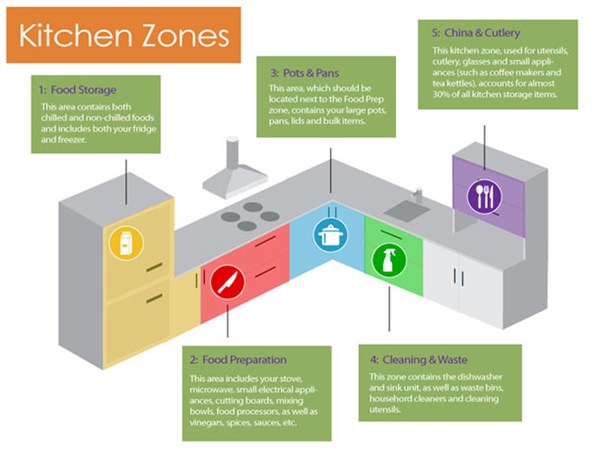
Creating a Safe and Functional Kitchen Space
 When it comes to designing a kitchen, there are many factors to consider such as layout, color scheme, and storage options. However, one aspect that is often overlooked is the electrical zones in the kitchen sink area. This small but crucial detail can greatly impact the safety and functionality of your kitchen. In this article, we will explore the importance of proper electrical zones in kitchen sink design and how it can enhance your overall kitchen experience.
When it comes to designing a kitchen, there are many factors to consider such as layout, color scheme, and storage options. However, one aspect that is often overlooked is the electrical zones in the kitchen sink area. This small but crucial detail can greatly impact the safety and functionality of your kitchen. In this article, we will explore the importance of proper electrical zones in kitchen sink design and how it can enhance your overall kitchen experience.
Understanding the Purpose of Electrical Zones
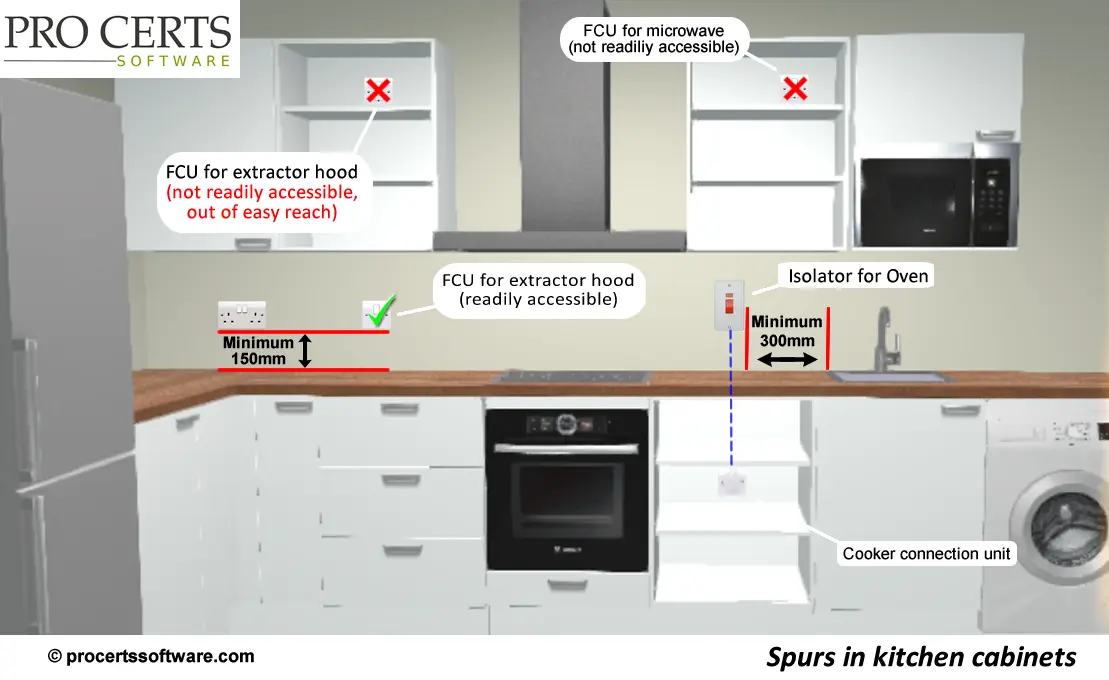 Before discussing the specific electrical zones in the kitchen sink area, it's important to understand the purpose of these zones. In general, electrical zones are designated areas within a kitchen that have specific requirements for the placement of electrical outlets and appliances. The purpose of these zones is to ensure the safety of the homeowners by minimizing the risk of electrical accidents.
Before discussing the specific electrical zones in the kitchen sink area, it's important to understand the purpose of these zones. In general, electrical zones are designated areas within a kitchen that have specific requirements for the placement of electrical outlets and appliances. The purpose of these zones is to ensure the safety of the homeowners by minimizing the risk of electrical accidents.
The Three Electrical Zones in the Kitchen Sink Area
 In the kitchen sink area, there are three designated electrical zones that must be taken into consideration when designing your kitchen. These zones are determined by the proximity to water sources and the potential risk of electrical shock. The
first zone
is the
unrestricted zone
which includes the area above the sink and any location that is at least 2.25 meters above the floor. In this zone, any type of electrical outlet or appliance can be installed.
The
second zone
is the
restricted zone
which includes the area within 0.6 meters of the sink and any location that is at least 2.25 meters above the floor. In this zone, only low voltage appliances such as dishwashers and garbage disposals can be installed. High voltage appliances such as microwaves and ovens are not allowed in this zone.
The
third zone
is the
prohibited zone
which includes the area within 0.6 meters of the sink and the floor directly underneath the sink. In this zone, no electrical outlets or appliances are allowed. This zone is in place to prevent any potential contact with water and electricity.
In the kitchen sink area, there are three designated electrical zones that must be taken into consideration when designing your kitchen. These zones are determined by the proximity to water sources and the potential risk of electrical shock. The
first zone
is the
unrestricted zone
which includes the area above the sink and any location that is at least 2.25 meters above the floor. In this zone, any type of electrical outlet or appliance can be installed.
The
second zone
is the
restricted zone
which includes the area within 0.6 meters of the sink and any location that is at least 2.25 meters above the floor. In this zone, only low voltage appliances such as dishwashers and garbage disposals can be installed. High voltage appliances such as microwaves and ovens are not allowed in this zone.
The
third zone
is the
prohibited zone
which includes the area within 0.6 meters of the sink and the floor directly underneath the sink. In this zone, no electrical outlets or appliances are allowed. This zone is in place to prevent any potential contact with water and electricity.
Benefits of Proper Electrical Zones in Kitchen Sink Design
 By following the designated electrical zones in the kitchen sink area, you not only ensure the safety of your household but also improve the functionality of your kitchen. Having the right appliances in the right zones allows for easier access and better organization of your kitchen space. It also minimizes the risk of electrical accidents, especially in a high moisture environment such as the kitchen sink area.
By following the designated electrical zones in the kitchen sink area, you not only ensure the safety of your household but also improve the functionality of your kitchen. Having the right appliances in the right zones allows for easier access and better organization of your kitchen space. It also minimizes the risk of electrical accidents, especially in a high moisture environment such as the kitchen sink area.
In Conclusion
 In conclusion, proper electrical zones in the kitchen sink area are a crucial aspect of kitchen design. By understanding the purpose of these zones and following the guidelines for placement of electrical outlets and appliances, you can create a safe and functional kitchen space for you and your family to enjoy. Remember to always consult a professional electrician when making any changes to your kitchen's electrical layout to ensure compliance with safety regulations.
In conclusion, proper electrical zones in the kitchen sink area are a crucial aspect of kitchen design. By understanding the purpose of these zones and following the guidelines for placement of electrical outlets and appliances, you can create a safe and functional kitchen space for you and your family to enjoy. Remember to always consult a professional electrician when making any changes to your kitchen's electrical layout to ensure compliance with safety regulations.





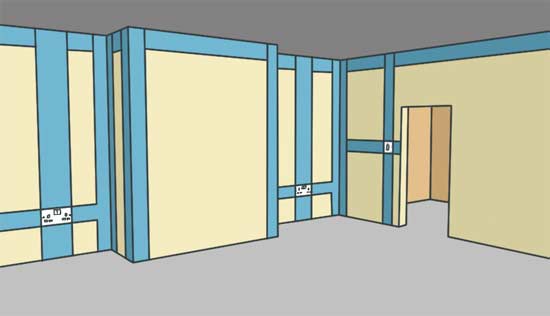
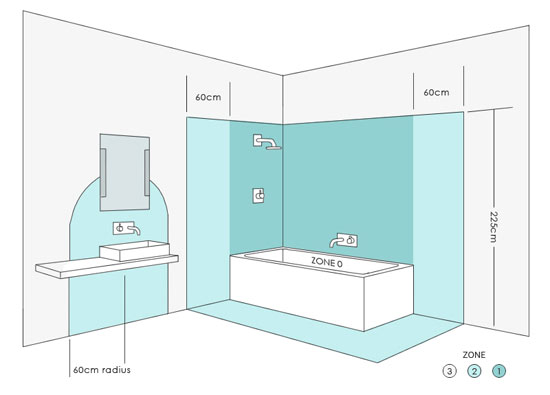
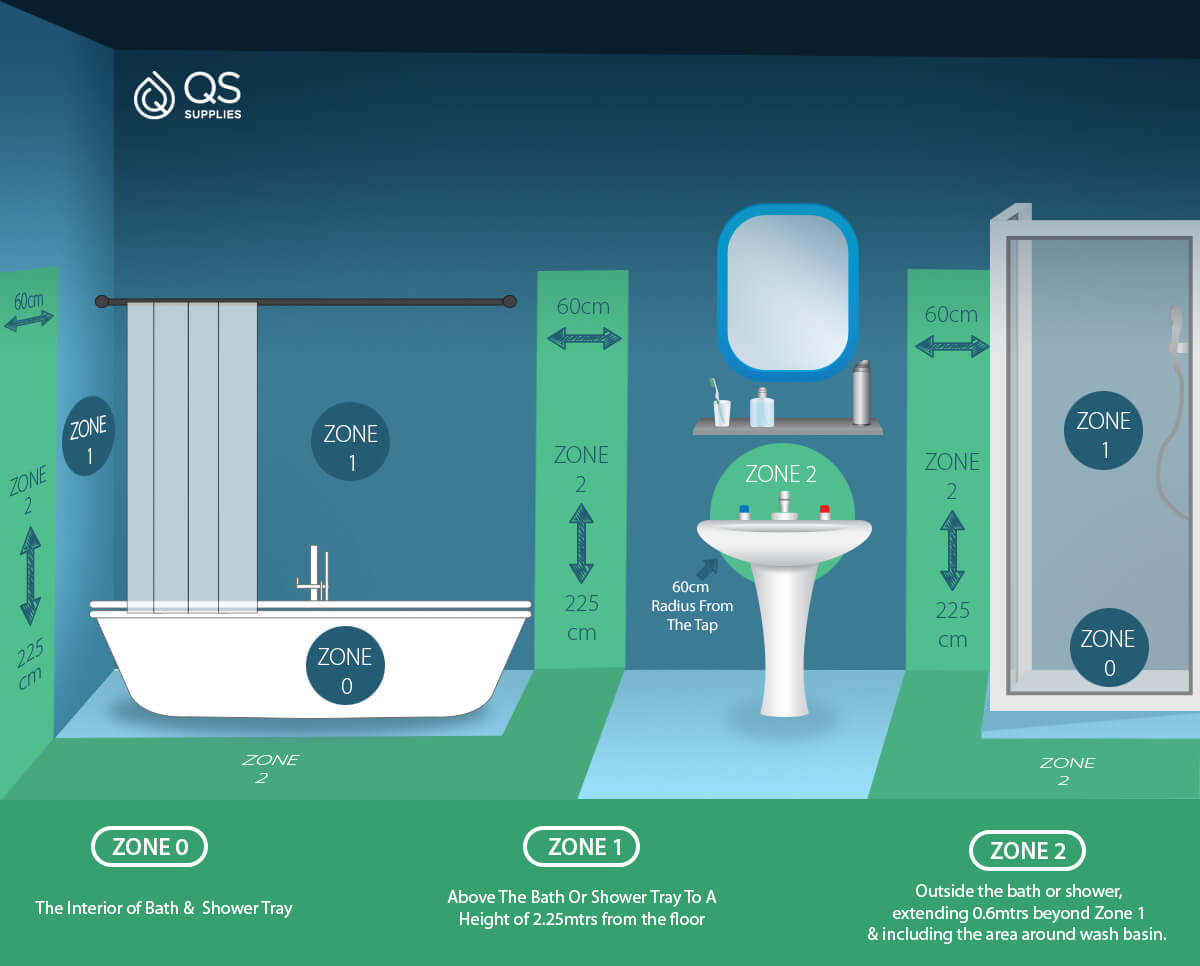





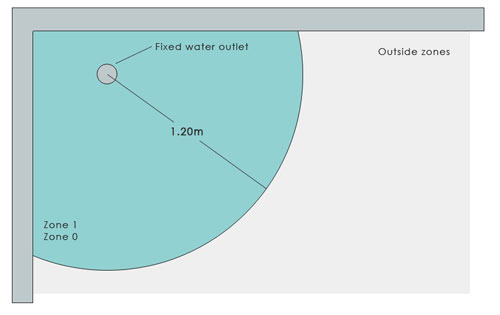




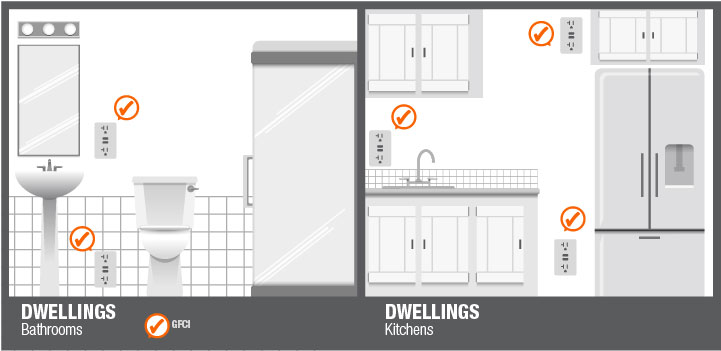




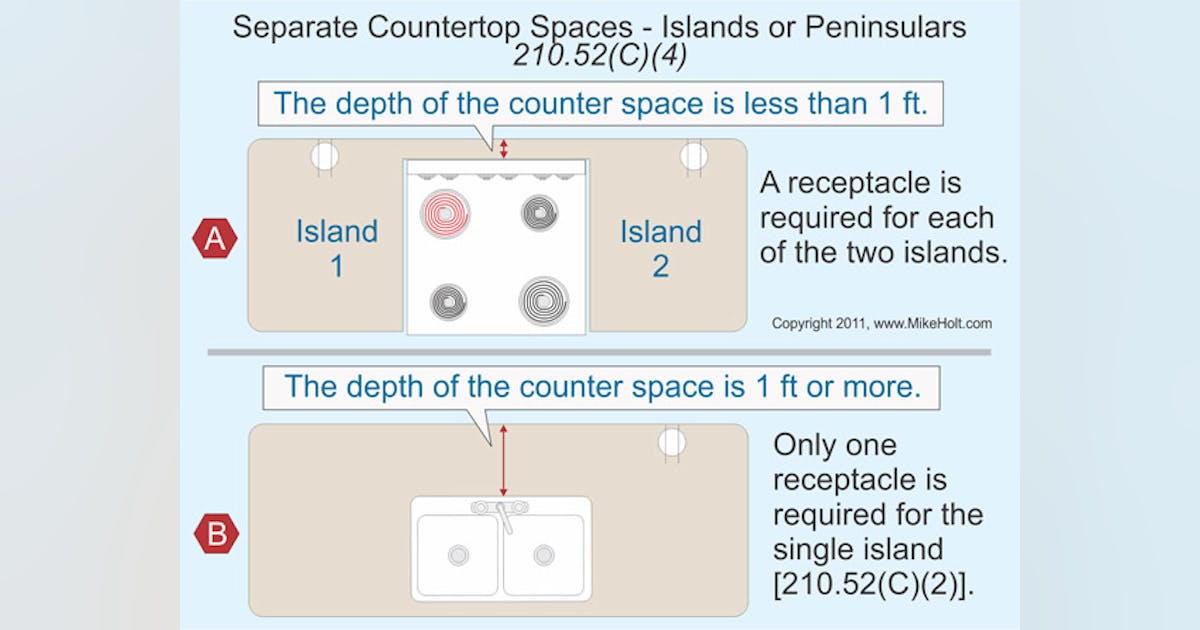
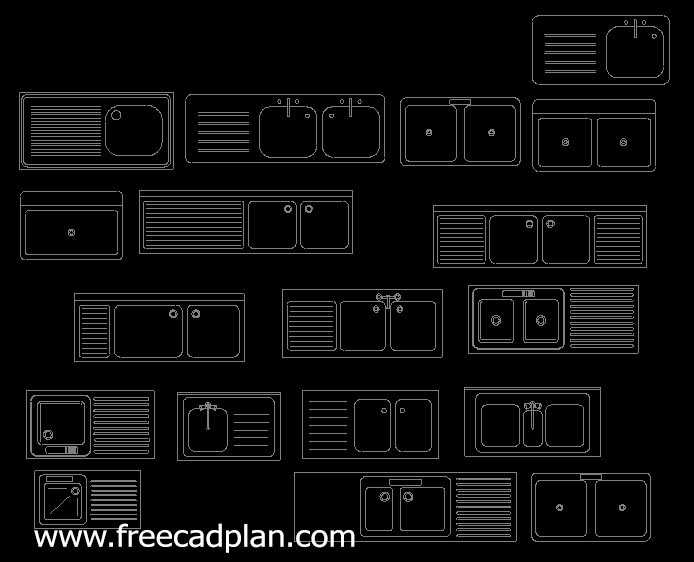





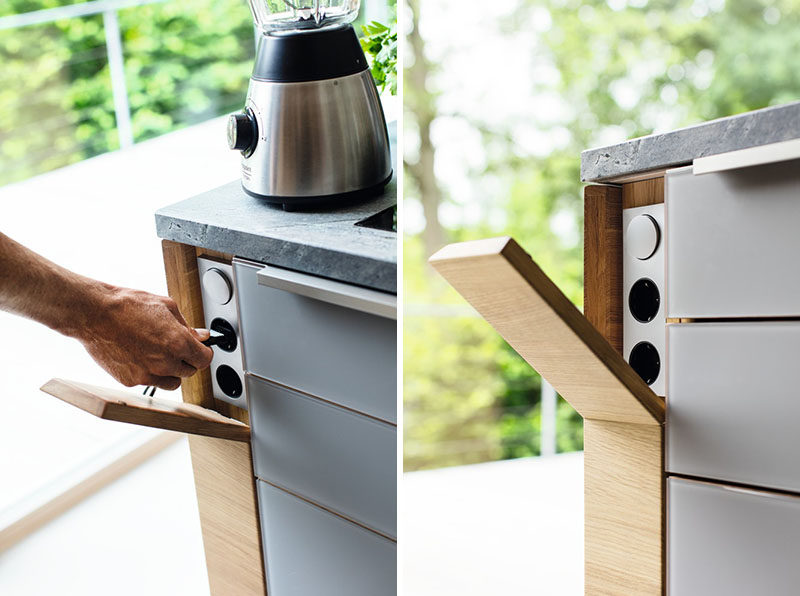

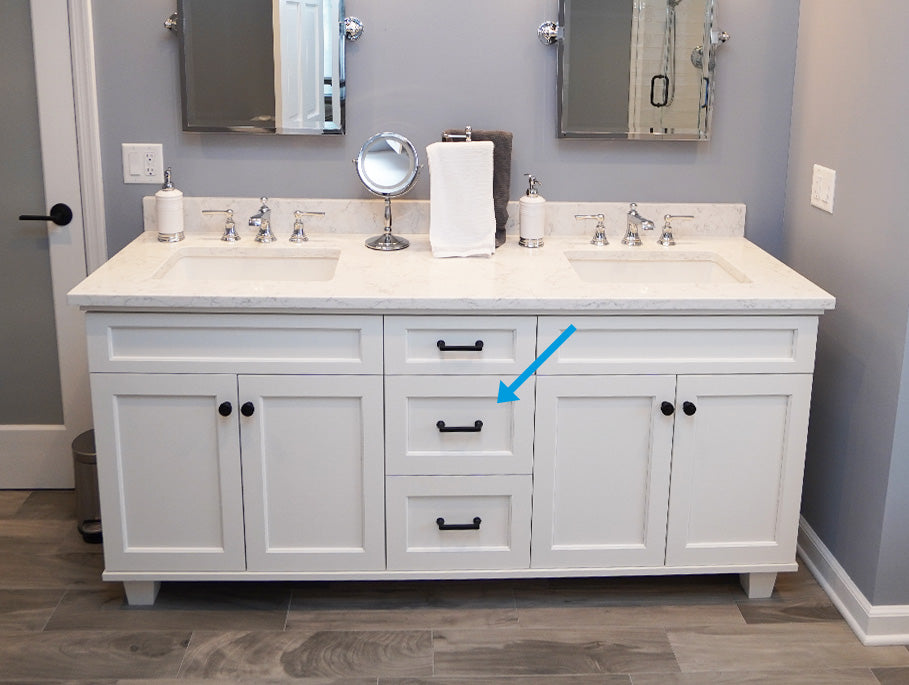
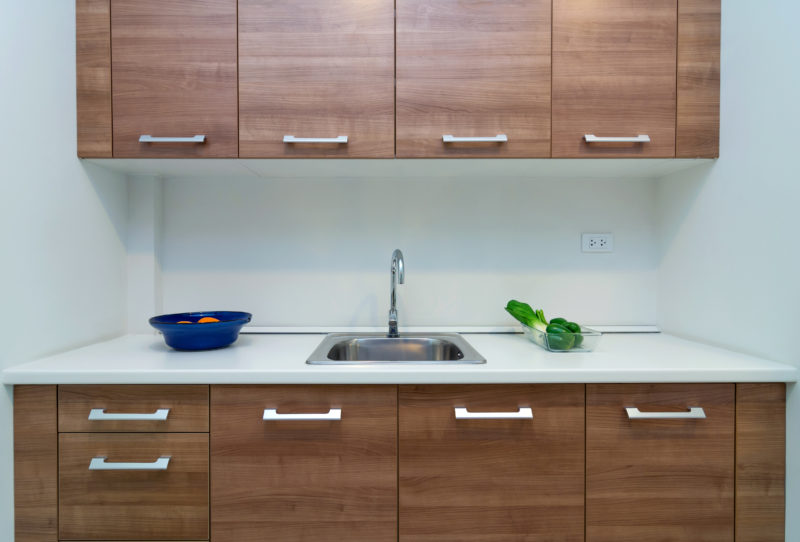









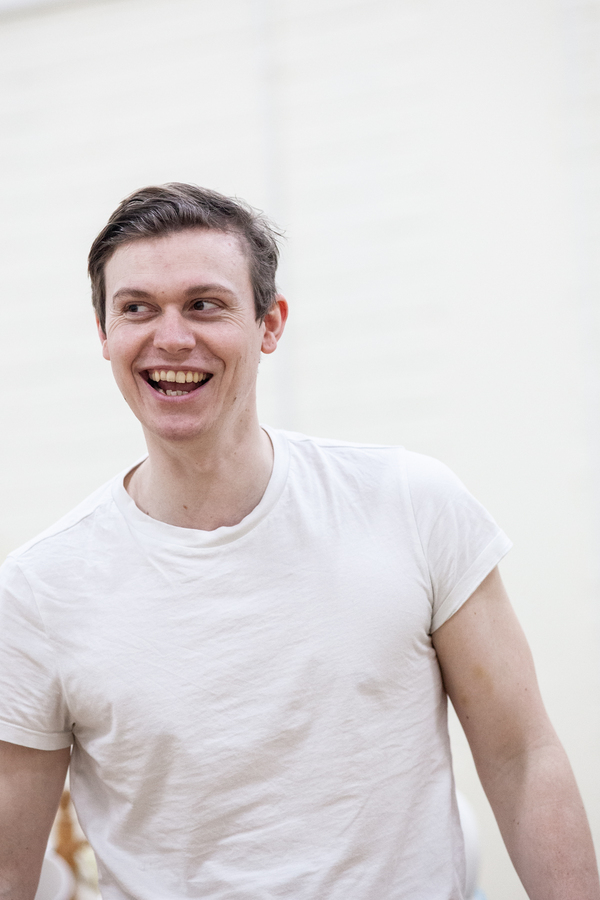



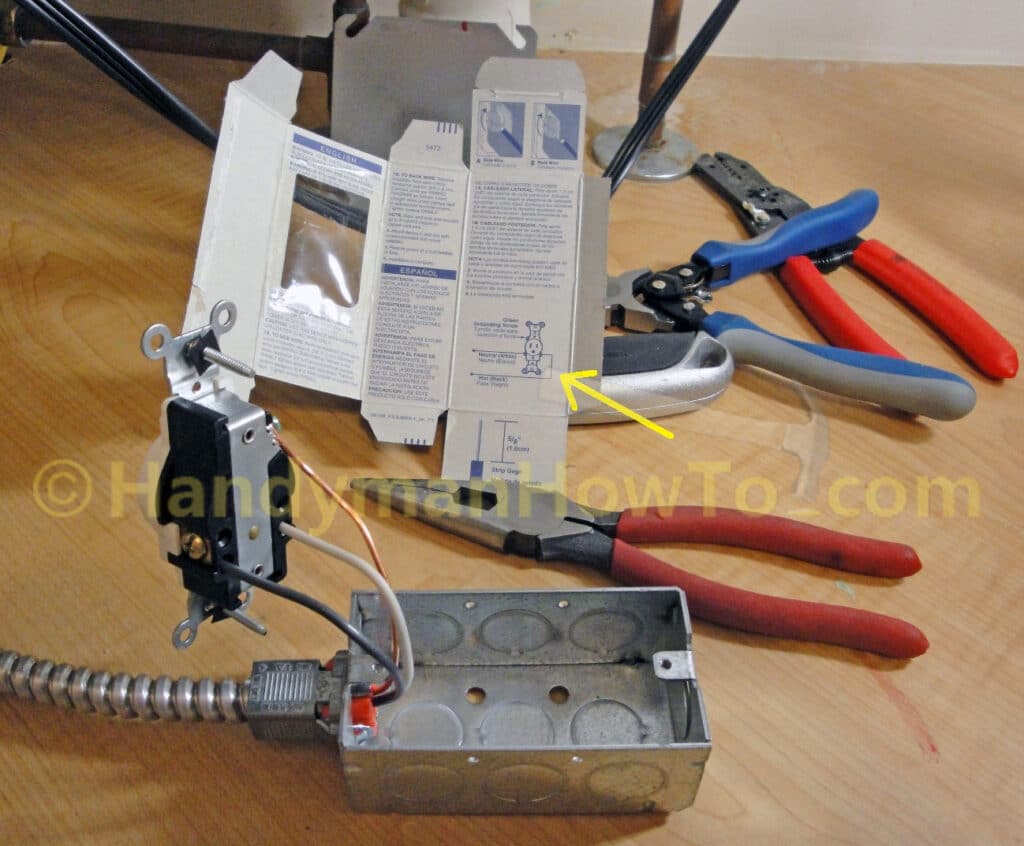



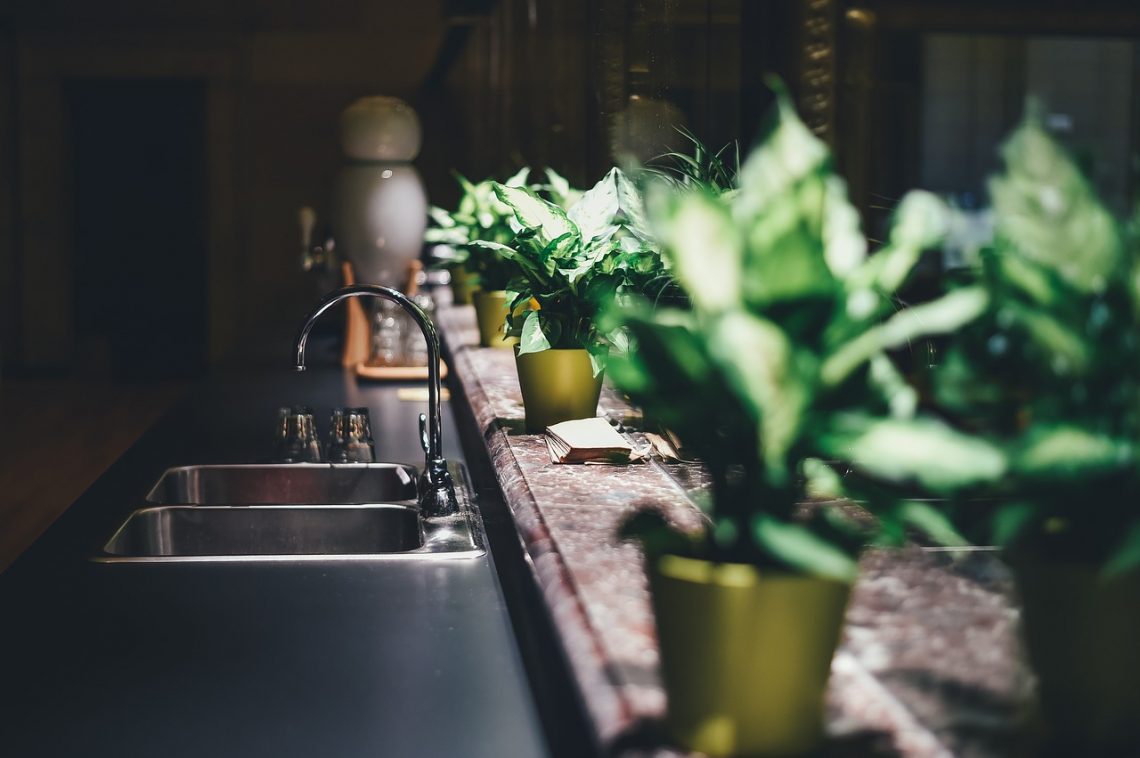
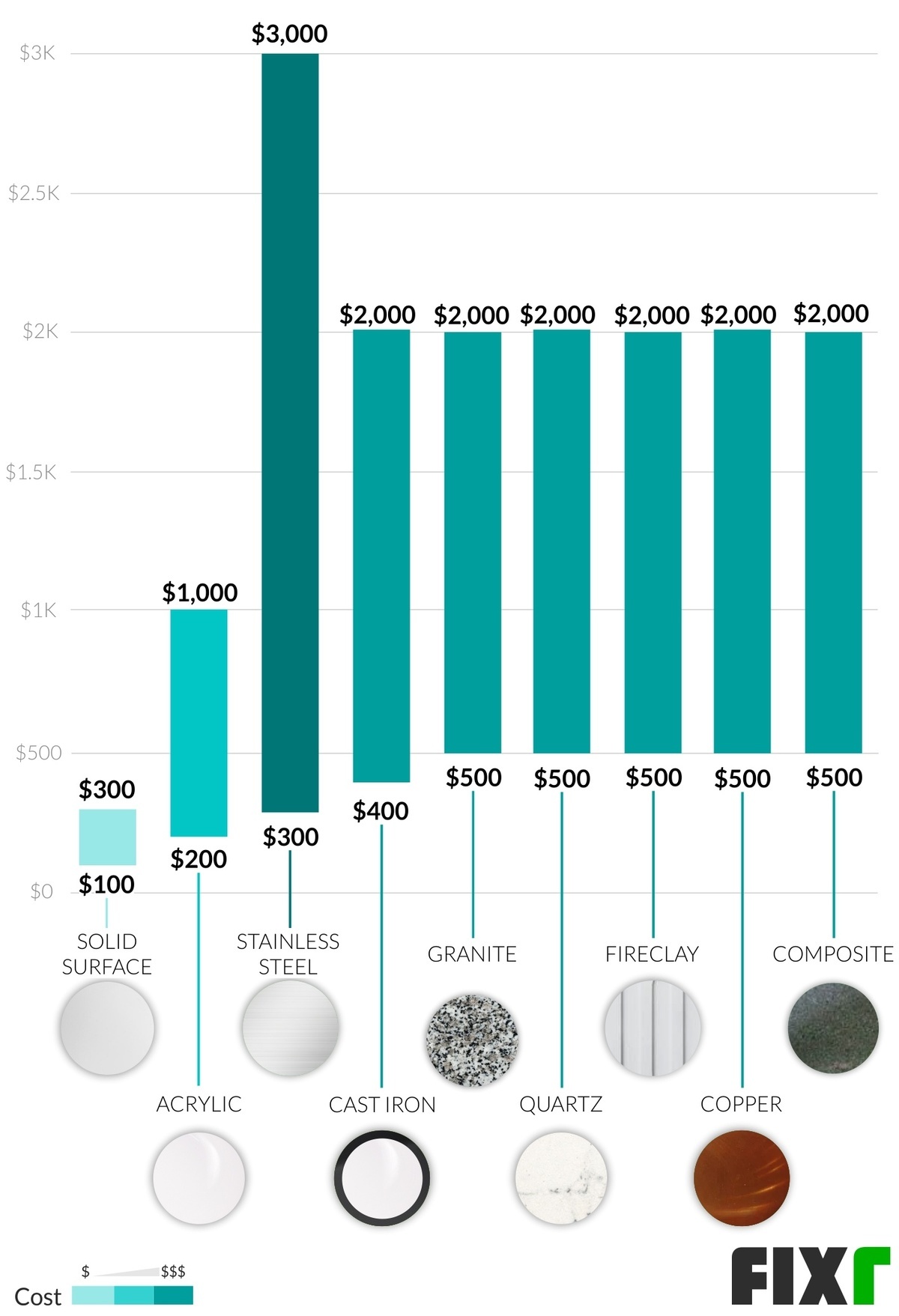



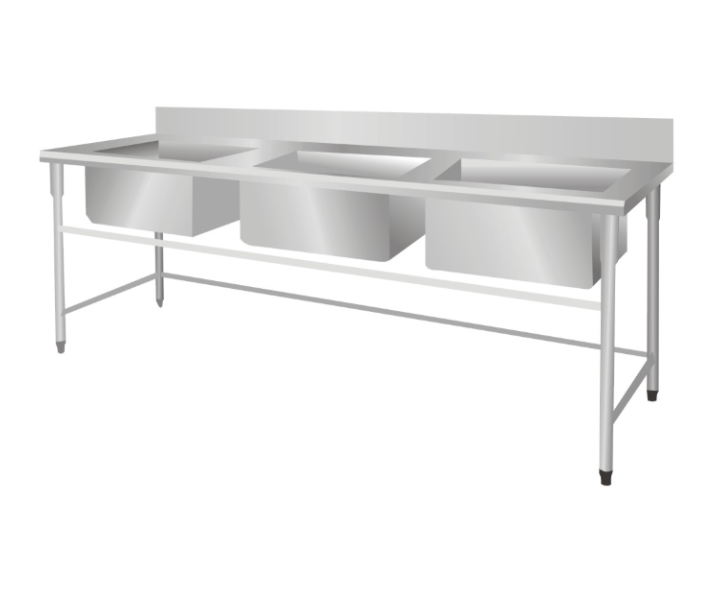


:no_upscale()/cdn.vox-cdn.com/uploads/chorus_asset/file/19495086/drain_0.jpg)


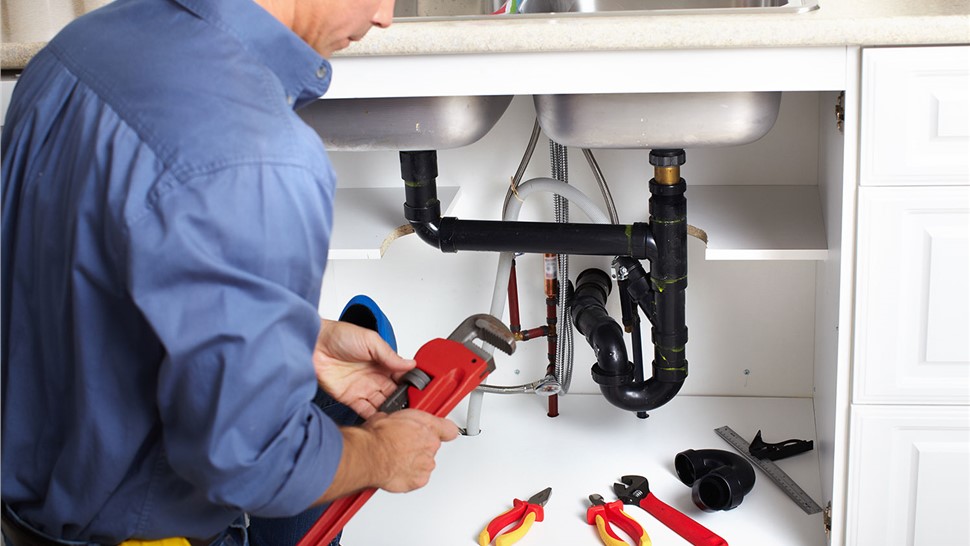
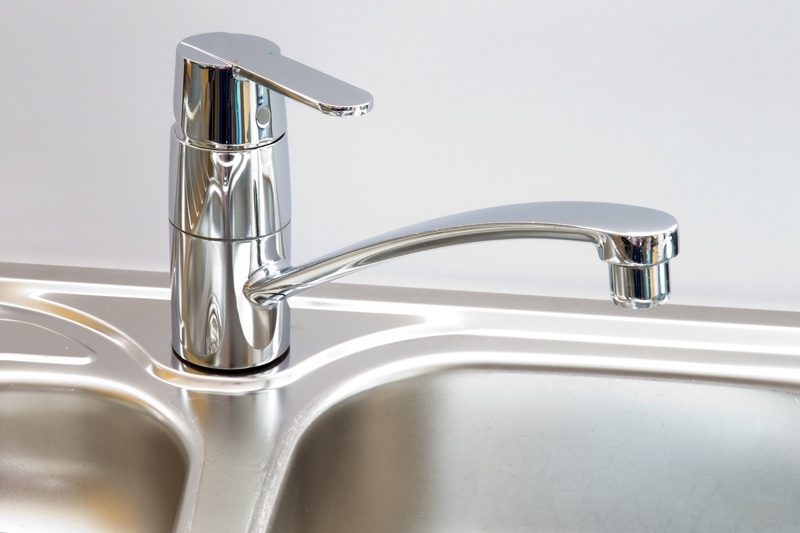


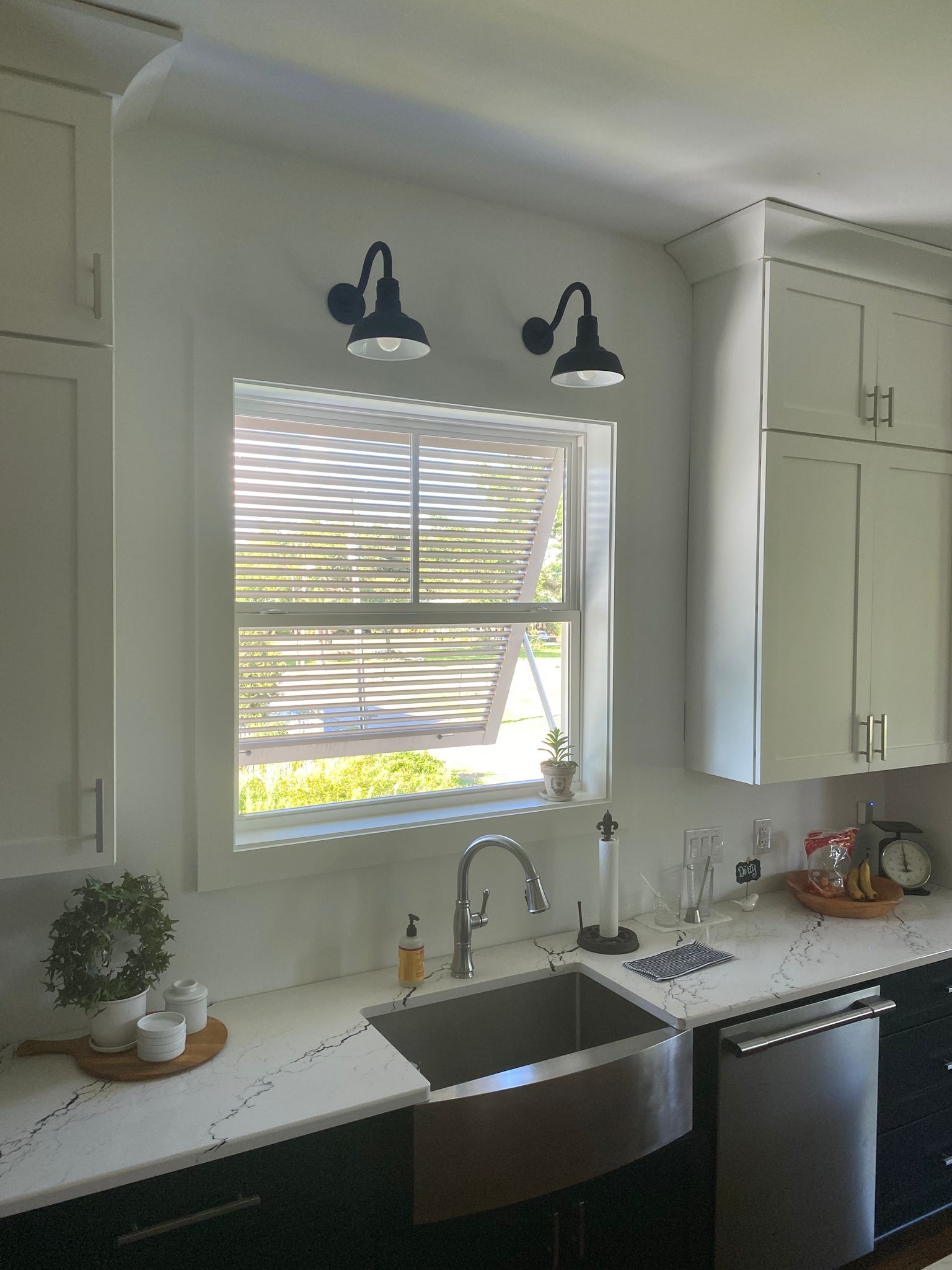


:max_bytes(150000):strip_icc()/kitchen-electrical-code-basics-1821527-01-1ca413bb7729404781fe1cb32c645c1c.jpg)




